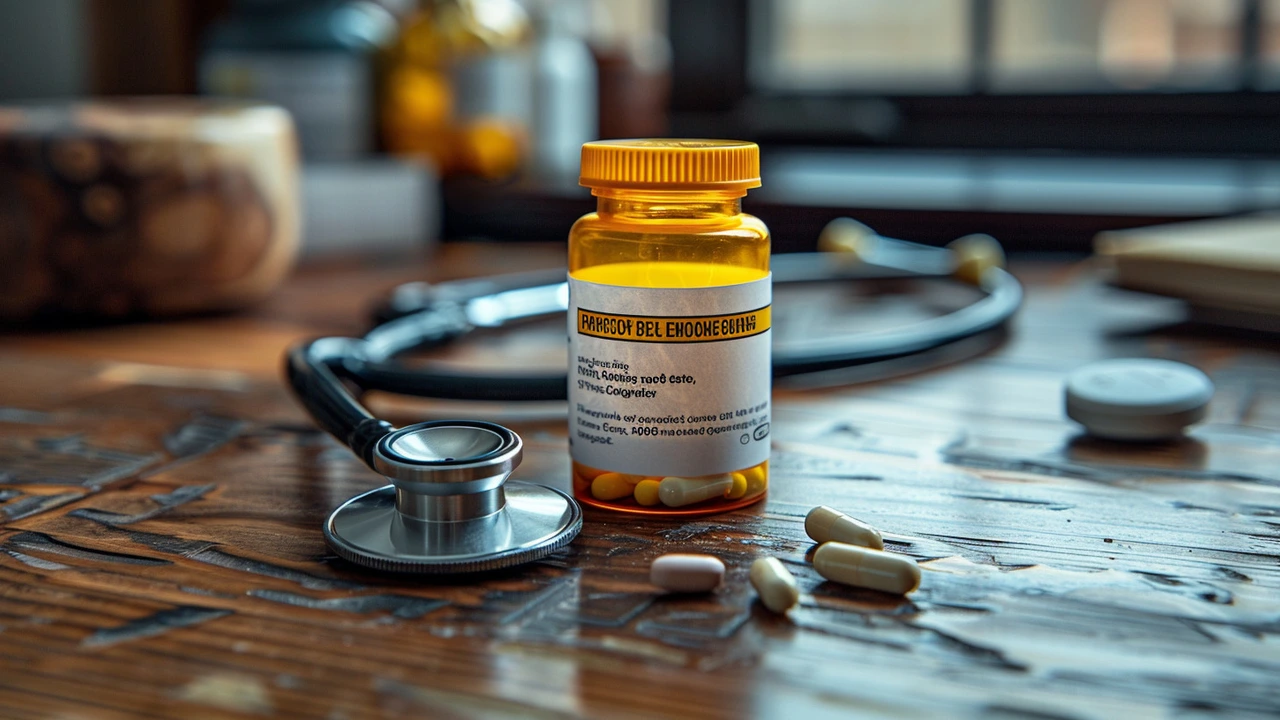March 2024: Hydroxychloroquine for Rheumatoid Arthritis — What We Posted
In March 2024 we published a clear, practical guide about hydroxychloroquine for people with rheumatoid arthritis. The article explains how the medicine works, who might get the most benefit, typical doses, key safety checks, and real-life tips for taking it. If you’re starting this drug or helping someone who is, the summary below points out the most useful information from that post.
Hydroxychloroquine began as an antimalarial but acts as a disease-modifying antirheumatic drug (DMARD) in rheumatoid arthritis. It calms immune activity and lowers inflammation, but it works slowly. Many people notice some improvement in six to twelve weeks; for fuller benefit, treatment often continues for months. Doctors commonly combine it with other DMARDs to control symptoms and reduce steroid use.
Who benefits and when to expect results
This drug fits people with mild to moderate disease activity or those who need a safer long-term option than steroids. It helps reduce joint pain, stiffness, and flare frequency for many patients. Hydroxychloroquine may be chosen when other DMARDs cause side effects, or as part of combination therapy. Pregnant people sometimes prefer it over other options, but always confirm with your rheumatologist before making changes.
Dosage, monitoring, and risks
Typical dosing ranges from 200 mg to 400 mg daily, and doctors pick a dose based on weight and health history. A key safety step is eye monitoring: retinal damage is uncommon but serious, so most guidelines advise a baseline eye exam and annual screening after five years, or sooner if risk factors exist. Risk increases with higher daily dose and long-term use, so doctors try to keep doses appropriate for body weight. Other possible side effects include stomach upset, skin rash, and rare heart rhythm issues. Tell your doctor about all medicines you take, especially drugs that affect heart rhythm, so they can check for interactions.
Practical tips: take the pill with food to cut stomach upset and pick a regular time each day to avoid missed doses. If you forget one dose, take it as soon as you remember unless it’s almost time for the next one. Don’t stop suddenly without advice; symptoms can return. Keep a record of eye exam dates and any new symptoms like blurry vision or unusual heart sensations, and report them promptly.
Why we wrote the guide: patients often ask how long before they feel better, what monitoring is needed, and what risks to watch for. The article gives clear answers, sample dosing scenarios, and a short checklist to bring to your appointment. For details on availability, generic options, and shipping considerations, check the full post on CanadaPharmacyDepot.com or speak with your pharmacist. Always discuss treatment choices and monitoring plans with your rheumatologist before starting or changing therapy.
Hydroxychloroquine in Rheumatoid Arthritis Treatment: Efficacy and Usage Guide
Hydroxychloroquine, initially a malaria drug, has become a cornerstone in treating Rheumatoid Arthritis due to its anti-inflammatory effects. This article explores its mechanism, dosage, benefits, and potential risks, emphasizing the importance of monitoring and regular consultations.
More
